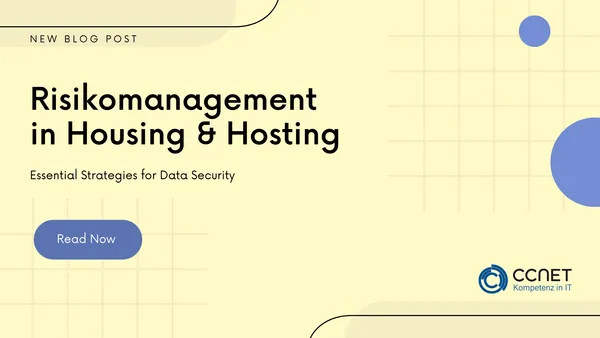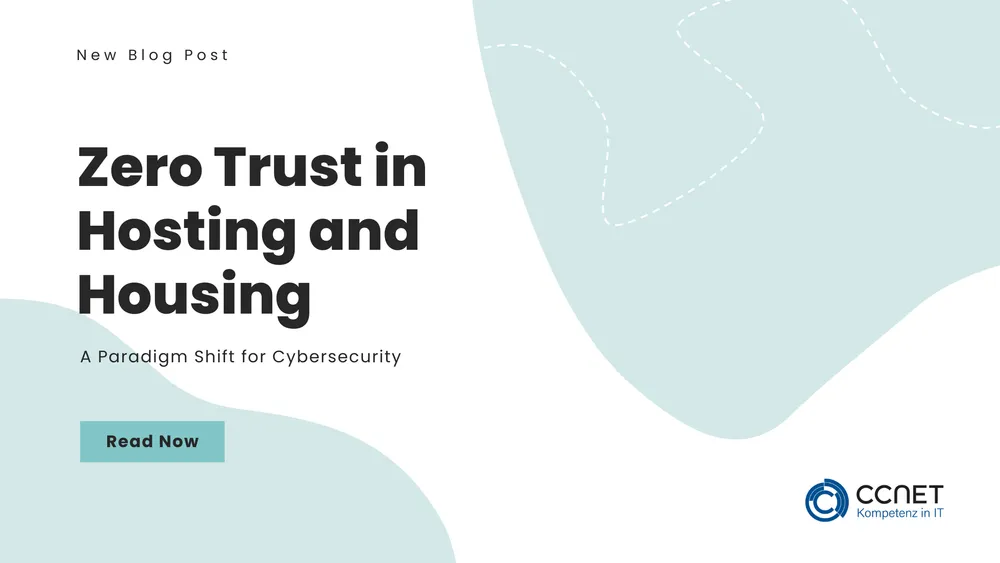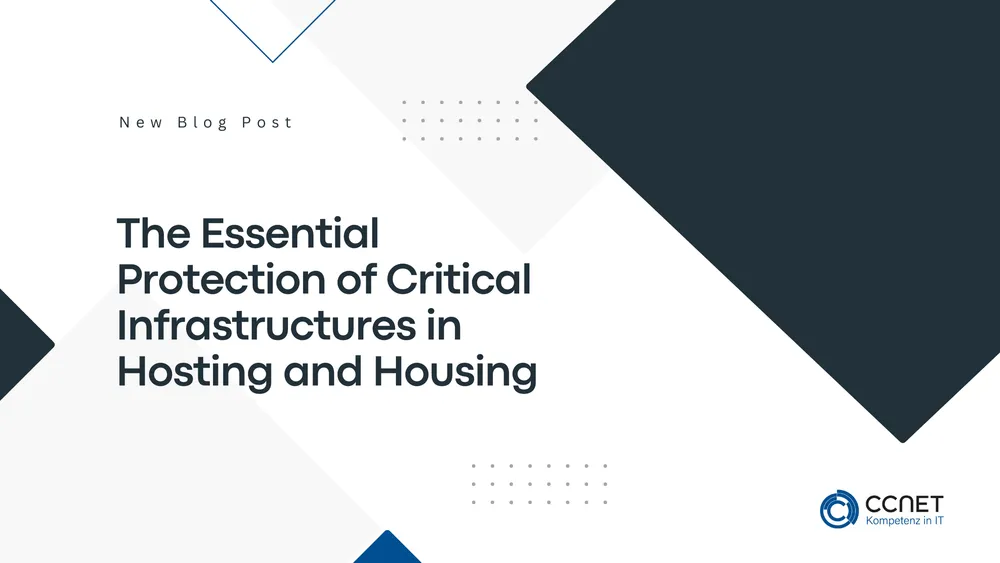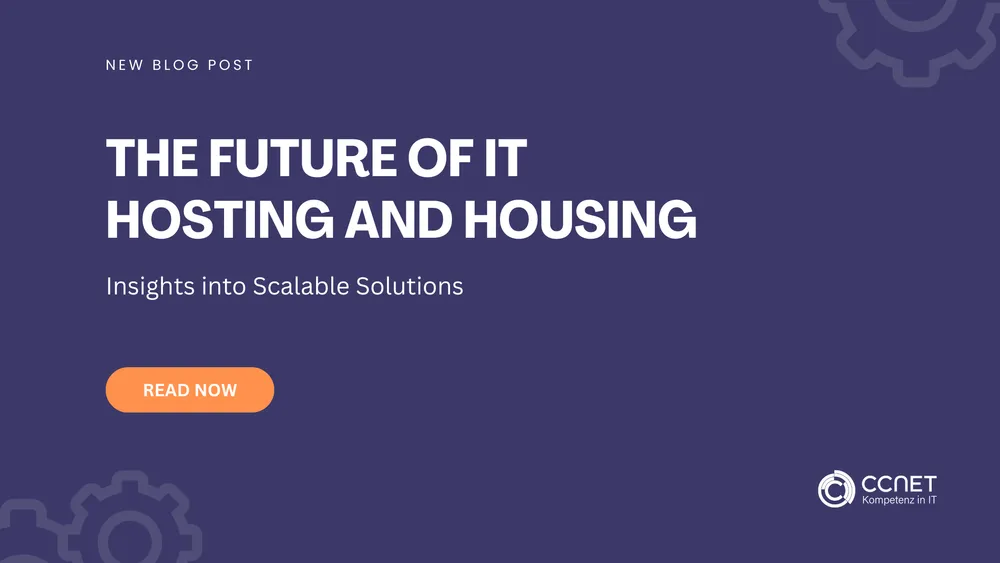
CCNet
Jul 22, 2024 • 1 min read

Risk Management in Housing and Hosting: Essential Strategies for Data Security
Risk management is a crucial aspect to ensure the security and reliability of housing and hosting services. This blog post examines effective strategies for identifying and mitigating risks based on insights from specific documents and presentations.
Further information can be found here: Solutions
Risk Identification
One of the initial steps in risk management is identifying potential risks. This includes analyzing threats ranging from cyberattacks to physical security risks. A thorough assessment of the IT infrastructure helps identify vulnerabilities before they become a problem.
Implementation of Protective Measures
After identifying the risks, it's crucial to implement appropriate protective measures. This includes technical solutions such as firewalls and encryption, as well as organizational measures such as training and data security policies.
Monitoring and Response
Continuous monitoring of IT systems allows for early detection of unusual activities and prompt response. An effective incident management system ensures quick and efficient action in the event of a security incident.
Emergency Planning
An essential part of risk management is developing emergency plans. These plans ensure that companies can quickly resume operations in the event of a failure or security breach.
Conclusion
Risk management is an ongoing task that must be adapted to constantly changing threat landscapes. By implementing robust strategies for risk identification, mitigation, and response, housing and hosting providers can significantly enhance the security, efficiency, and long-term reliability of their services, ensuring they remain resilient against evolving cyber threats and operational challenges.


